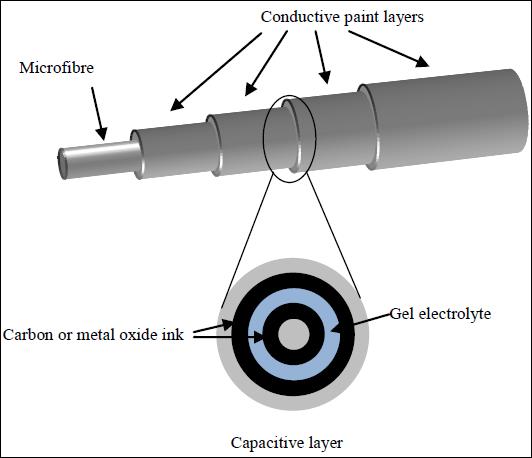Have scientists cracked clothes to power your phone?
Industrial design researchers at Brunel University London have solved two of the major challenges which prevent everyday items of clothing being turned into power sources for smartphones, tablets and other personal tech. Technology to produce supercapacitor thread capable of being made into cloth has been around for some time.
But until now scientists have been unable to make it provide sufficient voltage for most devices or devise a method to produce it economically outside the lab. Now patented breakthroughs made by colleagues Professors David Harrison and John Fyson, Dr Yanmeng Xu, Dr Fulian Qiu and Ruirong Zhang of Brunel’s Department of Design mean thread capable of storing and supplying enough power for common devices and of being manufactured at industrial scale are a reality.

Explained Prof Harrison: “Supercapacitors are already ubiquitous as back-up power in phones, PCs and tablets. They store energy without a chemical reaction so can be charged and discharged almost indefinitely. But in thread form they have never before been able to break the 1V barrier."
“What we have done is show we can produce a multi-layered structure with two sequential capacitive layers capable of producing up to 2V. Breaking the 1V threshold is important as in the real world we work on the voltage of common batteries – 1.5V. We also wanted to address mass production issues so developed a process to semi-automatically coat stainless steel wire the thickness of a human hair with eight separate layers.”
The work at Brunel is part of the EU-sponsored Powerweave programme which brings together researchers from seven countries to produce textiles which can both generate and store power. The Brunel paper can be found here.





